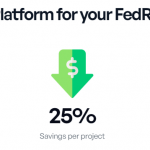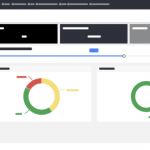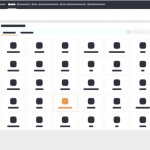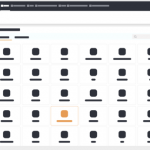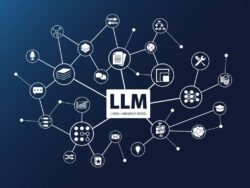Demystifying FedRAMP Compliance: A Comprehensive Guide for Businesses
Welcome to the mysterious world of FedRAMP compliance! If you’re a business operating in the cloud and looking to work with federal government agencies, understanding and achieving FedRAMP compliance is crucial. But fear not, we are here to demystify this complex process and guide you through it step by step. Get more info about FedRAMP certifications visit here.
From navigating the different levels of FedRAMP compliance to implementing the necessary security controls, this comprehensive guide will equip you with all the knowledge required to meet federal requirements and win those lucrative government contracts. So let’s dive in and unravel the secrets behind achieving FedRAMP compliance for your business!
The Different Levels of FedRAMP Compliance
When it comes to FedRAMP compliance, there are three distinct levels: Low, Moderate, and High. Each level corresponds to the sensitivity and criticality of the data that a cloud service provider (CSP) handles on behalf of federal agencies.
At the Low level, CSPs handle non-sensitive information that poses minimal risk if compromised. This is typically applicable for public-facing websites or marketing platforms. The security controls required at this level are relatively basic compared to higher levels.
Moving up to the Moderate level, things start getting more serious. Here, CSPs manage sensitive but unclassified data such as personally identifiable information (PII). The security posture at this level must be significantly stronger than at the Low level to protect against potential threats.
We have the High-level compliance which is reserved for systems handling classified or highly sensitive government data. This requires an advanced set of stringent security controls including continuous monitoring and incident response capabilities.
Understanding these different levels is essential as it helps businesses determine which path they need to take in order to achieve their desired FedRAMP compliance status. So let’s explore how you can reach your goal!
How to Achieve FedRAMP Compliance
Achieving FedRAMP compliance can be a complex and challenging process, but with the right approach and resources, your business can successfully navigate the requirements. Here are some key steps to help you achieve FedRAMP compliance.
It’s crucial to thoroughly understand the specific security controls outlined by FedRAMP. These controls span across various domains such as risk management, incident response, and access control. Take the time to familiarize yourself with these requirements and assess your current systems against them.
Next, develop a comprehensive plan that outlines how your organization will meet each of these security controls. This plan should include concrete actions such as implementing encryption protocols, conducting regular vulnerability assessments, and establishing robust identity and access management processes.
It’s also important to select a cloud service provider (CSP) that is already FedRAMP compliant or willing to undergo the certification process. Collaborating with a CSP experienced in working within the framework will significantly streamline your journey towards compliance.
Furthermore, establish clear lines of communication between all stakeholders involved in achieving compliance – this includes executives at your company as well as representatives from your chosen CSP. Regular meetings and updates will ensure everyone remains aligned on goals and progress made.
Maintain ongoing monitoring and continuous improvement of your systems even after achieving initial FedRAMP compliance. The landscape of cybersecurity is ever-evolving; therefore, it’s essential to remain vigilant in identifying any potential vulnerabilities or areas for enhancement.
By following these steps diligently while leveraging expert guidance where needed, you can confidently pursue FedRAMP compliance for your business. While it may require dedication and investment upfront, achieving this level of security rigor not only aligns you with government standards but also instills trust among clients seeking partners who prioritize data protection.
Conclusion
Achieving FedRAMP compliance can be a complex process, but it is essential for businesses that want to work with the federal government and provide cloud services. Understanding the different levels of compliance and the steps involved in achieving it is crucial.
By selecting the appropriate FedRAMP level based on your organization’s needs and goals, you can ensure that you have the necessary security measures in place to protect sensitive data. Whether you are aiming for a low or high impact classification, there are specific requirements that must be met to achieve compliance.
Remember that obtaining FedRAMP compliance requires careful planning, thorough documentation, regular assessments, and ongoing monitoring. It is not a one-time endeavor but an ongoing commitment to maintaining a secure environment for your clients’ data.
Working with experienced consultants who specialize in cybersecurity and regulatory compliance can make navigating this process much smoother. They can guide you through each step of becoming FedRAMP compliant while ensuring that all necessary controls are implemented effectively.
Being FedRAMP compliant demonstrates your commitment to safeguarding data integrity and security. It opens up opportunities for your business to work with government agencies confidently. By investing time and resources into achieving FedRAMP compliance now, you position yourself as a trusted provider of cloud services both within the federal sector and beyond.


